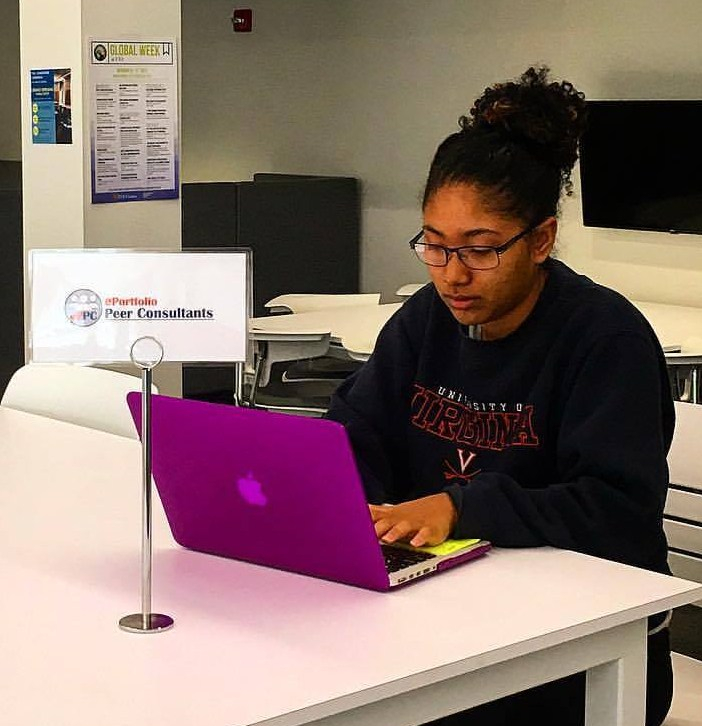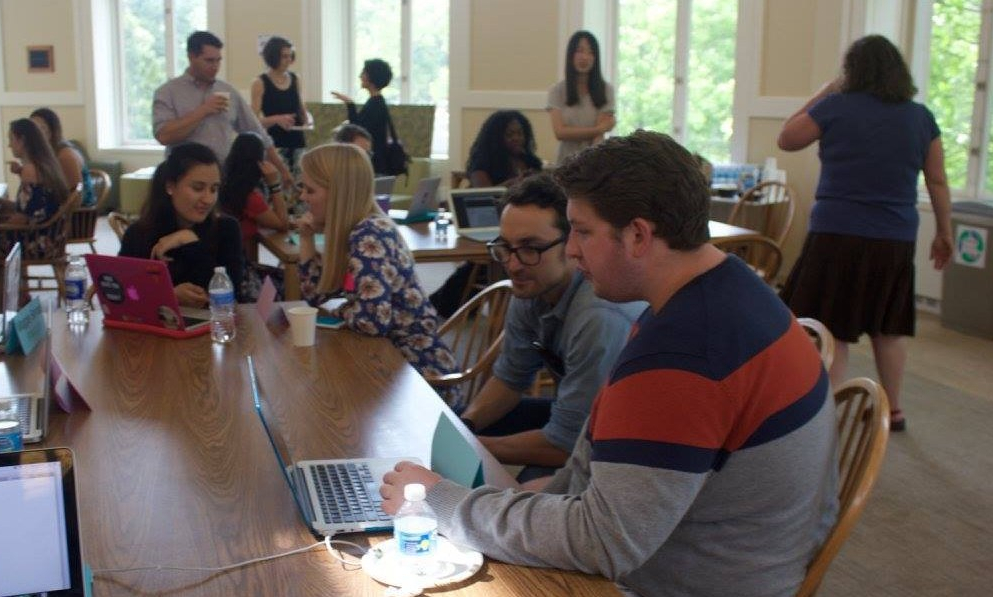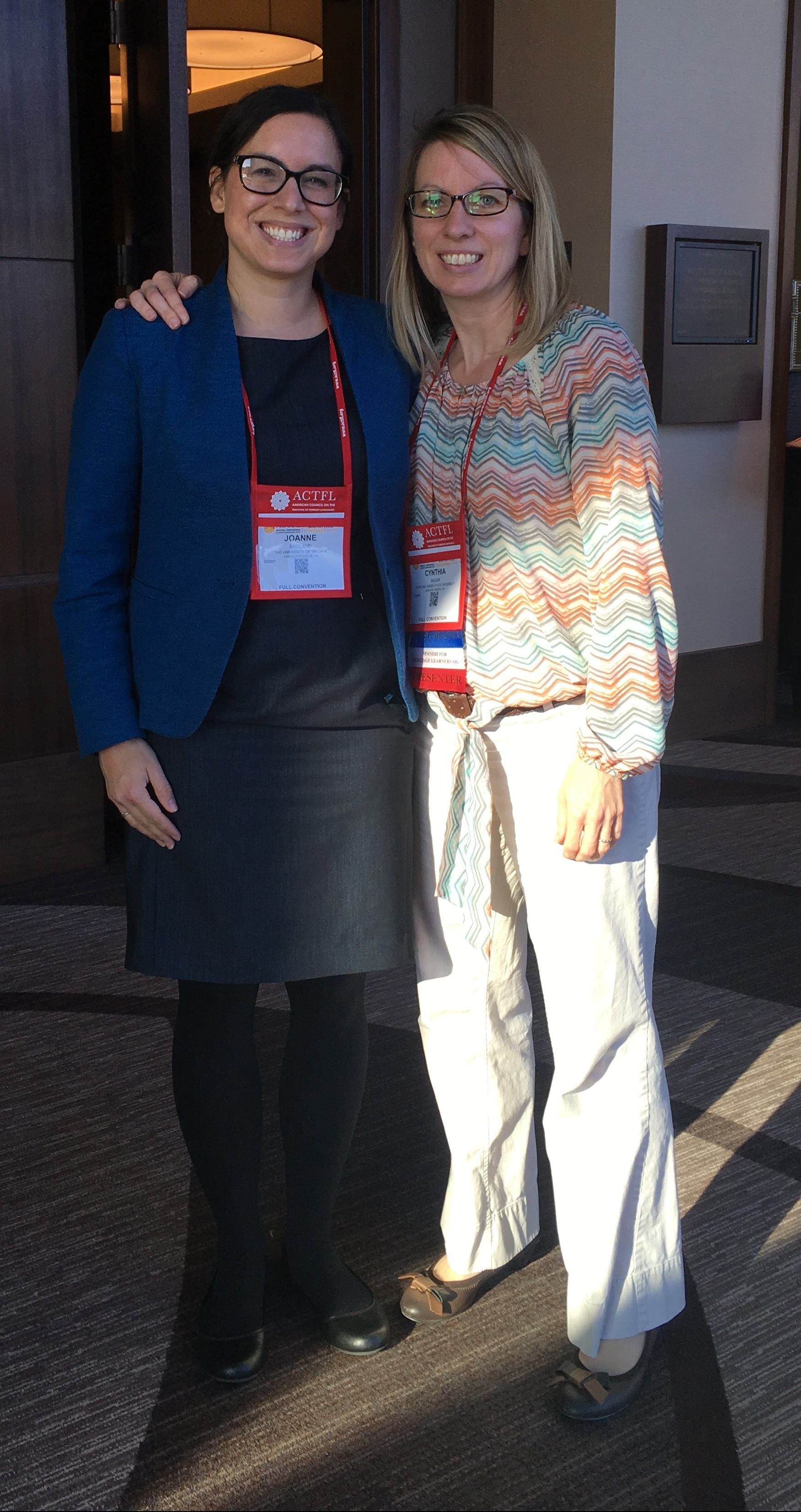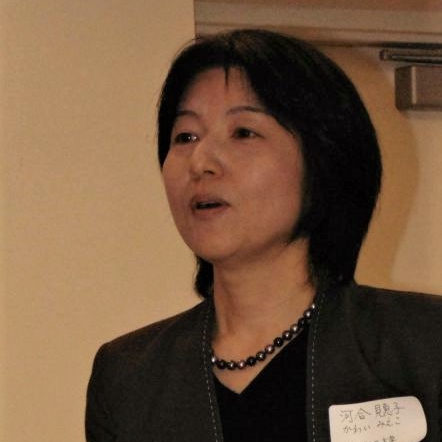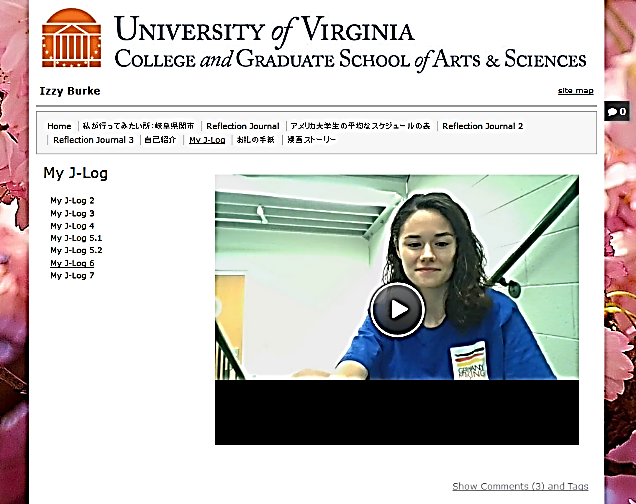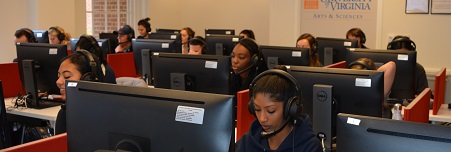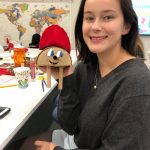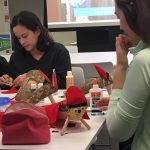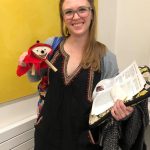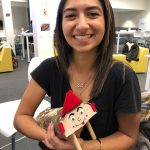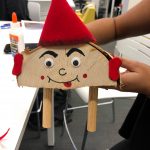This post come from Language Commons Assistant & Researcher Tessa Short, who is a  graduate student at the University of Virginia’s Curry School of Education. She has been studying Japanese throughout the course of her undergraduate career and studies English and second language acquisition pedagogy at the Curry school.
graduate student at the University of Virginia’s Curry School of Education. She has been studying Japanese throughout the course of her undergraduate career and studies English and second language acquisition pedagogy at the Curry school.
Are you interested in learning Japanese and familiarizing yourself with Japanese culture? Do you already have some experience with Japanese, but you’re looking for a meaningful, fun context to bring to your language learning? Try using Japanese manga (comics) and anime (animated video) to supplement your language studies!
Manga and anime introduce Japanese language learners to a wealth of content easily missed in traditional classes while reinforcing the skills that build into your reading and listening comprehension. Broadly, what makes studying Japanese through manga and anime meaningful is that you encounter new Japanese grammar patterns, phrases, and words in the meaningful context of the manga’s art, characters, storyline, and more. You have to learn the Japanese in order to make sense of the manga, and at the same time, the manga helps you make sense of the new Japanese.
So, what can you expect to see in manga and anime?
Here are a few specific benefits of using manga and anime for language study:
ONOMATOPOEIA
One element of Japanese that is uniquely emphasized in manga is onomatopoeia (onomatope in Japanese), or sound words that add oompfh to the actions on the page. Flipping through a typical manga, you can see several onomatopoeia peppered through, especially in panels with a lot of action. According to tofugu, there are five different categories of Japanese onomatopoeia: giseigo (vocalizations of living things), gisongo (non-vocalized sounds, animate and inanimate), gitaigo (“communicate conditions or states”), giyougo (communicate actions), and gijougo (communicate emotions). As you may have noticed, only the first two categories, giseigo and gisongo, correlate directly with what native English speakers consider to be onomatopoeia. The other three, which tofugu terms “ideophones,” communicate through sound something that is typically silent; for instance, the gitaigo “kirakira” is an ideophone that communicates the state of being “shiney”(FluentU)– this example can be seen throughout the popular anime LoveLive!. Tofugu warns that ideophones, because they break with what many native English speakers consider to be onomatopoeia, can be especially challenging– all the better to tackle through Japanese manga and anime! Refer to the hyperlinked Tofugu article for an excellent explanation of Japanese onomatopoeia and examples of each category.

This final panel from Ore Monogatari features an example of Japanese onomatope
Photo credit: http://jtalkonline.com/how-to-use-manga-to-study-japanese/
CASUAL LANGUAGE
Many Japanese learners feel that they are missing out on studying casual Japanese spoken by friends and family. Anime and manga are great ways to familiarize yourself with less formal language that you don’t always see in Japanese courses. Of course, you could just study such casual language with language learning apps like Memrise, but using anime and manga to familiarize yourself with such language has an added advantage: meaningful context. Because you see this new casual language in the context of the anime or manga characters’ daily interactions, what you hear and learn is more meaningful, easier to comprehend, and more readily recalled because your brain is already hard at work making sense of the casual language in context of those daily interactions. Anime provide an excellent platform for listening comprehension practice with casual speech, forcing your ear to parse out what grammar, phrases, etc. make the casual speech meaningful, while manga provide a similar degree of practice in reading comprehension of casual speech.
Japanese Talk Online gives an example of a particular colloquial Japanese grammar. Japanese Talk Online also published lists of anime and manga useful for Japanese learners.

An example of colloquial speech from the manga Bleach
Photo credit: http://jtalkonline.com/how-to-use-manga-to-study-japanese/
CULTURE
In addition to all the previous benefits, manga and anime are also great ways to get to know different cultural norms of Japan! Some Japanese manga and anime feature illustrations of and characters’ interactions with Japanese temples and festivals, as well as feature characters in traditional Japanese kimono or yukata. However, manga and anime go beyond this in terms of the culture they are able to communicate, as many also feature phrases or manners that are esoteric and unique to Japanese culture. For instance, often Japanese manga and anime will feature characters saying ittekimasu (“I will go and then come back”) when leaving their homes, which is a cultural norm of Japan to say when you are leaving home. There are also some manga and anime which more clearly address the culture unique to Japan. Shinpaideshou recommends Oguri Saori’s Daarin wa Gaikokujin (My Husband is a Foreigner) as a manga that meaningfully presents readers with the cultural norms of Japan. Goodreads also has a list of manga depicting the history of Japan.

Rurouni Kenshin, a manga that also has an anime adaptation, is set in Meiji-era Japan.
Photo credit: https://honeysanime.com/top-10-historical-manga-best-recommendations/
Resources
https://www.fluentu.com/blog/japanese/japanese-onomatopoeia/
https://guides.library.duke.edu/c.php?g=289280&p=1929235
http://jtalkonline.com/how-to-use-manga-to-study-japanese/
https://www.kuleuven.be/ci/29/ci29manga.html
https://www.researchgate.net/publication/260126381_Manga_as_a_linguistic_resource_for_learning




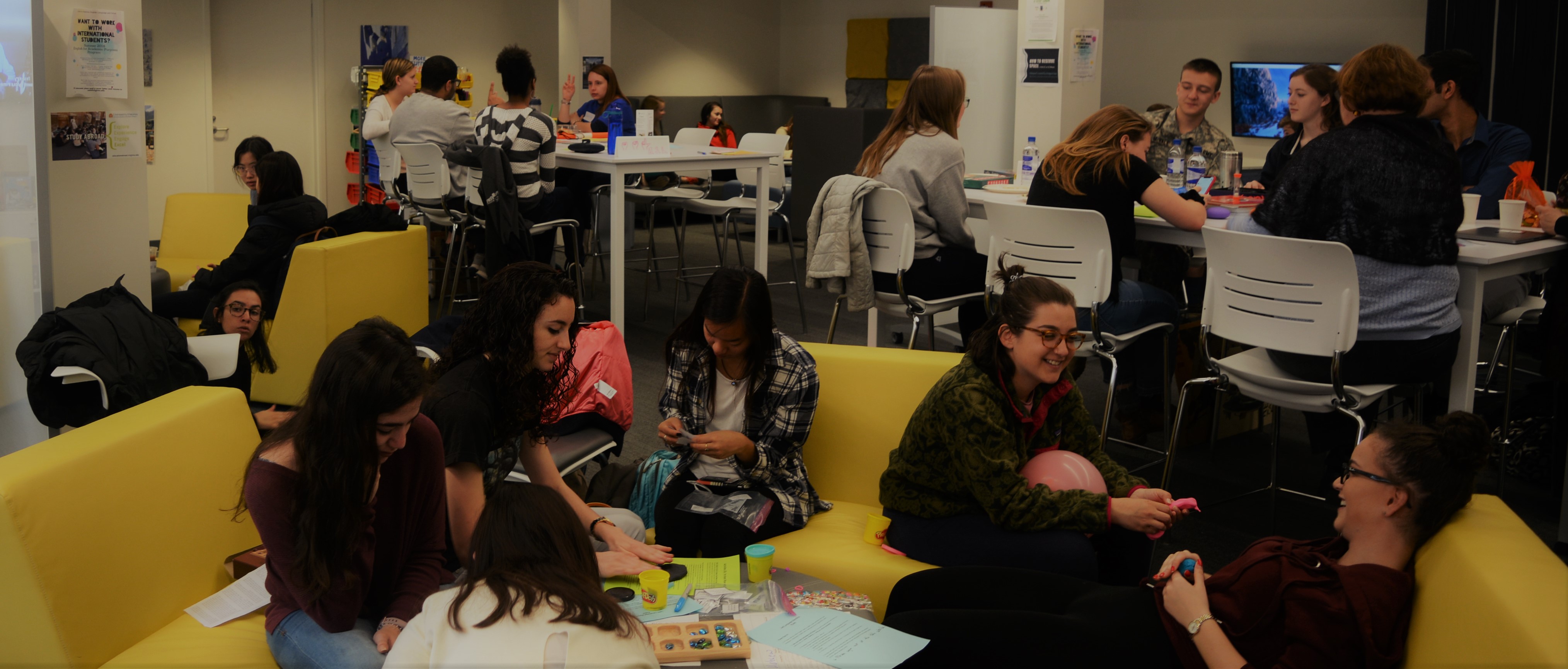

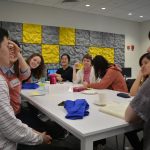




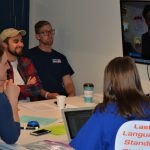
 This guest post comes from Joanne Britland, a Ph.D. candidate of Spanish in the UVa Department of Spanish, Italian, and Portuguese. As Project Manager for the Foreign Language Learning ePortfolio Project (FLLeP), she helped coordinate the ePortfolio Peer Consultant (ePPC) program from 2015-2017. She is also a graduate teaching instructor and currently teaches Spanish 3300 (Spanish Texts and Interpretation).
This guest post comes from Joanne Britland, a Ph.D. candidate of Spanish in the UVa Department of Spanish, Italian, and Portuguese. As Project Manager for the Foreign Language Learning ePortfolio Project (FLLeP), she helped coordinate the ePortfolio Peer Consultant (ePPC) program from 2015-2017. She is also a graduate teaching instructor and currently teaches Spanish 3300 (Spanish Texts and Interpretation).